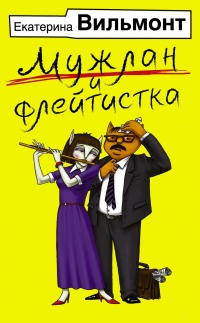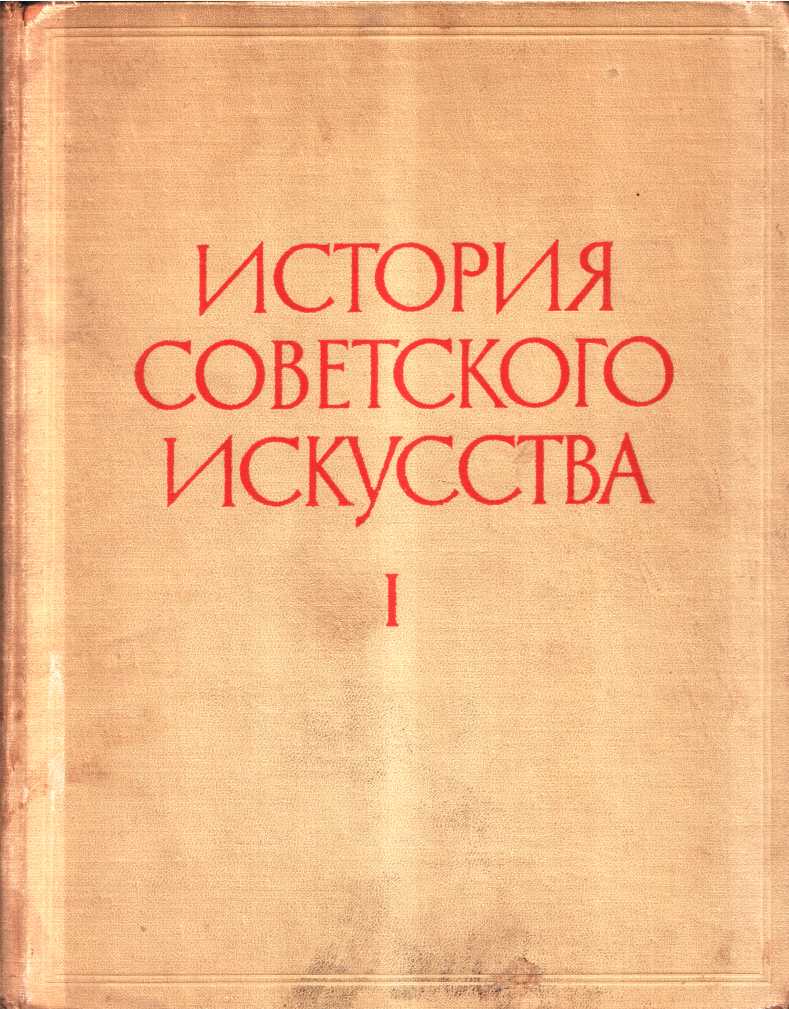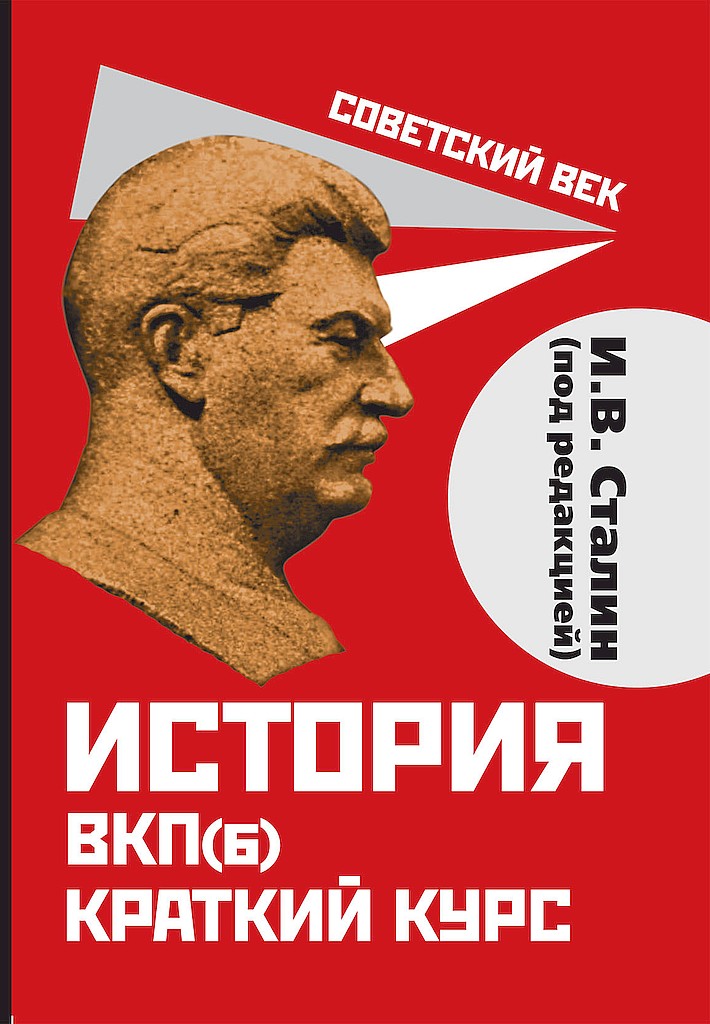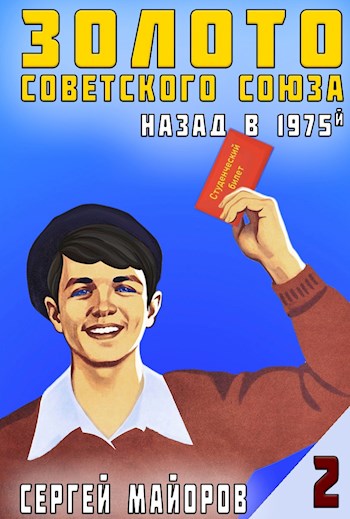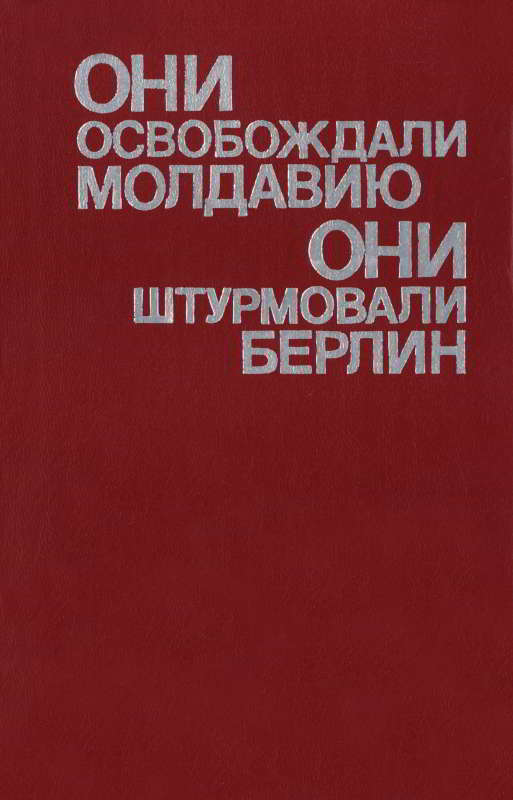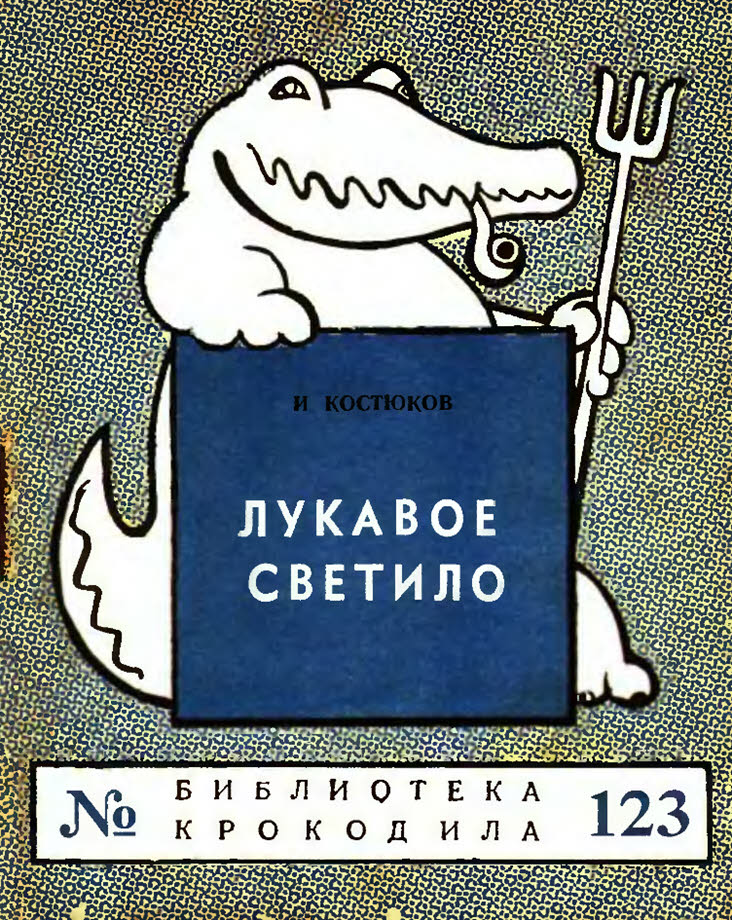Книга Между «Правдой» и «Временем». История советского Центрального телевидения - Кристин Эванс
Шрифт:
Интервал:
Закладка:
13
Roth-Ey K. Moscow Prime Time. P. 176–222; Mickiewicz E. P. Media and the Russian Public. N. Y.: Praeger, 1981. P. 18–19.
14
В 1965 г. в Советском Союзе на сто семей приходилось двадцать четыре телевизора, к 1970 г. – один телевизор на каждые две семьи, что составляло около 35 миллионов телевизоров. К 1975 г. в Советском Союзе насчитывалось уже более 55 миллионов телевизоров и еще 6,5 миллиона производилось ежегодно (Мясоедов Б. А. Страна читает, слушает, смотрит (статистический обзор). М.: Финансы и статистика, 1982. С. 64, 70; Mickiewicz E. P. Media and the Russian Public. P. 18–19).
15
События и даты // Виртуальный музей радио и телевидения (www.tvmuseum.ru/catalog.asp?ob_no=17 (20 апр. 2015 г.)).
16
О советских «длинных 1970‐х» см.: Lovell S. In Search of an Ending. P. 304. См. также статьи в спецвыпуске о «длинных 1970‐х» в: Неприкосновенный запас. 2007. № 2 (52); Lipovetsky M. Self-Portrait on a Timeless Background: Transformations of the Autobiographical Mode in Russian Postmodernism // a/b: Auto/Biography Studies. 1996. Vol. 11. № 2. P. 141–142.
17
Bacon E. Reconsidering Brezhnev // Brezhnev Reconsidered / Ed. by E. Bacon, M. Sandle. N. Y.: Palgrave MacMillan, 2002. P. 2; Fürst J. Where Did All the Normal People Go: Another Look at the Soviet 1970s // Kritika: Explorations in Russian and Eurasian History. 2013. Vol. 14. № 3. P. 621–640; Soviet Society in the Era of Late Socialism, 1964–1985 / Ed. by N. Klumbytė, G. Sharafutdinova. Lanham, MD; Plymouth, UK: Lexington, 2013. P. 1–14; Rutland P., Smolkin-Rothrock V. Introduction: Looking Back at Brezhnev // Russian History. 2014. Vol. 41. № 3. P. 299–306; Yurchak A. Everything Was Forever… P. 4–8 [Юрчак А. Это было навсегда… С. 38–44]; Zhuk S. Rock and Roll in the Rocket City: The West, Identity, and Ideology in Soviet Dniepropetrovsk, 1960–1985. Washington, DC: Woodrow Wilson Center Press, 2010. P. 10–13.
18
Bacon E. Reconsidering Brezhnev. P. 4–6; Yurchak A. Everything Was Forever… P. 4–8 [Юрчак А. Это было навсегда… С. 38–44]; Fürst J. Where Did All the Normal People Go. P. 627.
19
См. другие статьи в сб.: Brezhnev Reconsidered; Soviet Society in the Era of Late Socialism. См. также статьи в: Russian History. 2014. Vol. 41. См. также: Ward C. Brezhnev’s Folly: The Building of BAM and Late Soviet Socialism. Pittsburgh: University of Pittsburgh Press, 2009.
20
Как утверждают некоторые исследователи, советская рок-сцена в известной мере зависела от получения площадок для выступлений, контролируемых государством, а также от терпимого отношения милиции; см.: Troitsky A. Back in the USSR: The True Story of Rock in Russia. L.: Omnibus, 1987. P. 33–34 [Троицкий А. К. Back in the USSR. СПб.: Амфора, 2007. С. 34–35]; Yurchak A. Everything Was Forever… P. 126–157 [Юрчак А. Это было навсегда… С. 255–310].
21
Здесь я опираюсь на обзор терминологии, связанной с аффектом, сделанный Джонатаном Флэтли: Flatley J. Affective Mapping: Melancholia and the Politics of Modernism. Cambridge: Harvard University Press, 2008. P. 12. О меланхолии в российском контексте см.: Steinberg M. Petersburg Fin de Siècle. New Haven: Yale University Press, 2011. P. 234–267.
22
Fürst J. Stalin’s Last Generation: Soviet Post-War Youth and the Emergence of Mature Socialism. Oxford: Oxford University Press, 2010. P. 1–31.
23
Suri J. Power and Protest: Global Revolution and the Rise of Détente. Cambridge: Harvard University Press, 2003. P. 2.
24
Bren P. The Greengrocer and His TV: The Culture of Communism After the 1968 Prague Spring. Ithaca, NY: Cornell University Press, 2010. P. 159–176; Mihelj S. The Politics of Privatization: Television Entertainment and the Yugoslav Sixties // The Socialist Sixties: Crossing Borders in the Second World / Ed. by A. E. Gorsuch, D. P. Koenker. Bloomington: Indiana University Press, 2013. P. 251–267.
25
Cowie J. Stayin’ Alive: The 1970s and the Last Days of the Working Class. N. Y.: New Press, 2010. P. 1–19; Beckett A. When the Lights Went Out: Britain in the Seventies. L.: Faber and Faber, 2009. P. 3–5; The Shock of the Global: The 1970s in Perspective / Ed. by N. Ferguson et al. Cambridge: Harvard University Press, 2010.
26
Как отметил Стивен Биттнер, рассмотрение советских 1970‐х в качестве периода усиления репрессий требует предоставления привилегии одной, либеральной, вестернизирующейся части советской интеллигенции в отличие от другой, националистической, консервативной части (см.: Bittner S. The Many Lives of Khrushchev’s Thaw. P. 1–13).
27
Roth-Ey K. Moscow Prime Time. P. 236–245.
28
Schattenberg S. «Democracy» or «Despotism»? How the Secret Speech Was Translated into Everyday Life // The Dilemmas of De-Stalinization: Negotiating Cultural and Social Change in the Khrushchev Era / Ed. by P. Jones. N. Y.: Routledge, 2006. P. 64–79.
29
Zweynert J. «Developed Socialism» and Soviet Economic Thought in the 1970s // Russian History. Vol. 41. № 3. P. 354–372.
30
Эта песня Кинчева доступна на YouTube: www.youtube.com/watch?v=QWNtRyKIKfo (21 апр. 2015 г.).
31
Imre A. Identity Games: Globalization and the Transformation of Media Cultures in the New Europe. Cambridge, MA: MIT Press, 2009. P. 11–12.
32
Westad O. A. The Great Transformation: China in the Long 1970s // Shock of the Global: The 1970s in Perspective / Ed. by N. Ferguson et al. Cambridge, MA: Belknap, 2011. P. 65–79.
33
Imre A. Identity Games. P. 13.
34
Ibid. P. 11.
35
Прямые линии Путина можно также рассматривать как исполнение звучавших в 1960‐х гг. призывов к тому, чтобы партийные















